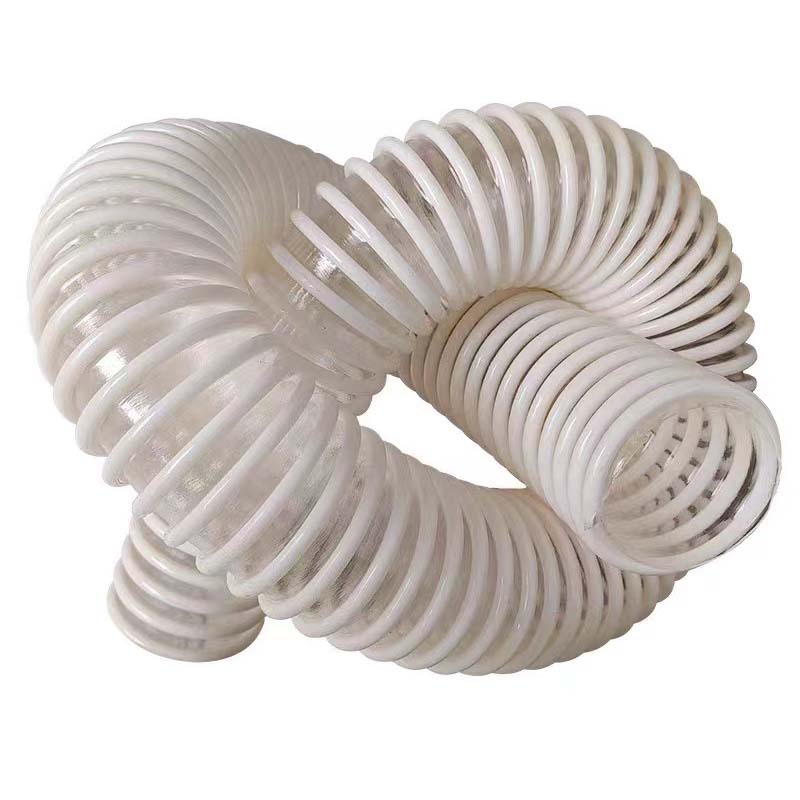Understanding the Key Distinctions among Pipes, Tubes, and Hoses in Fluid Transport
Understanding the Differences Between Pipe, Tube, and Hose
In various industries, the terms pipe, tube, and hose are often used interchangeably, leading to confusion about their distinct meanings and applications. While all three are used for the transportation of fluids or gases, they have different characteristics and are designed for specific purposes. This article explores the differences between pipe, tube, and hose, focusing on their construction, applications, and limitations.
Pipe
Pipes are cylindrical conduits designed primarily for the transportation of fluids such as water, gas, or oil. They are typically made from materials such as steel, copper, PVC, and even concrete, depending on the application. Pipes are characterized by their size, which is standardized and usually defined by nominal pipe size (NPS) or diameter. The pressure rating of pipes varies widely depending on the material and thickness, making them suitable for high-pressure applications.
One of the key features of pipes is that they are generally designed for permanent installations in fixed positions. They are often used in plumbing systems, sewage systems, and industrial applications. Pipes are also rigid, which makes them unsuitable for applications that require flexibility or frequent movement.
Tube
While tubes also transport fluids and gases, they differ from pipes in various ways. Tubes are typically measured by their outer diameter and wall thickness, which allows for greater flexibility in size and application. They are often made from metals such as stainless steel, aluminum, or brass, as well as plastics and composites.
The key distinction between tubes and pipes is that tubes are designed for mechanical use and structural applications. They are often used in industries such as aerospace, automotive, and medical, where precise dimensions and high levels of strength are essential. Tubes can be bent, shaped, or cut to fit specific designs, giving them a distinct advantage in applications that require customization.
difference between pipe tube and hose

Furthermore, tubes have a more stringent tolerance for wall thickness and diameter than pipes, which allows for better control in applications that need precise engineering specifications. This makes tubes an excellent choice for applications that require high integrity, such as ski lifts or pressure vessels.
Hose
Hoses, on the other hand, are flexible conduits made from materials like rubber, PVC, or silicone. They are specifically designed for the transmission of fluids and gases in applications that require movement, bending, or flexibility. Hoses are often reinforced with fibers or wires to enhance their strength and pressure resistance.
One of the most significant advantages of hoses is their flexibility, which allows them to be easily manipulated and routed through complex layouts. Hoses are widely used in various industries, including automotive, agriculture, and construction, where conditions require frequent movement or displacement of the attached equipment.
Unlike pipes and tubes, hoses may have varying diameters and may not be as standardized, often leading to a wider range of flexible applications. Hoses are particularly suitable for applications involving high pressure, such as hydraulic systems, and can be specifically designed to handle specific types of fluids, such as chemicals or food products.
Conclusion
In summary, while pipe, tube, and hose may seem similar at a glance, they are fundamentally different in terms of their construction, characteristics, and applications. Pipes are designed for fixed, high-pressure installations; tubes are preferred in mechanical and structural applications requiring precision; and hoses provide flexibility and mobility for various fluid transfer needs.
Understanding these differences is critical for engineers, designers, and anyone involved in system design or fluid dynamics. Selecting the right conduit for the job can significantly impact the efficiency, safety, and longevity of the systems involved. By recognizing the unique properties of each, professionals can make informed decisions that best suit their specific needs.
-
Utilizing Braided Pvc Hose For Construction PurposesNewsAug.11,2025
-
The Flexibility of Lpg Gas Hose in Low-Temperature ApplicationsNewsAug.11,2025
-
Reinforced Layers in Clear Reinforced PVC HoseNewsAug.11,2025
-
How Hose Braiding Benefits Fluid TransferNewsAug.11,2025
-
Flexible Suction Hose Pipe in Industrial Vacuum CleanersNewsAug.11,2025
-
Chemical Resistance Offered by PVC Tetoron-Reinforced HoseNewsAug.11,2025














